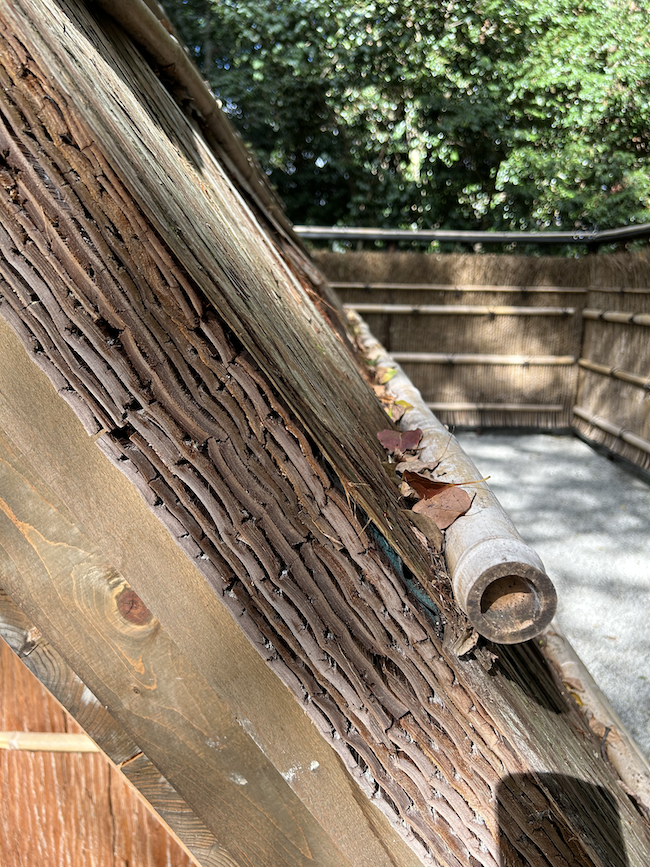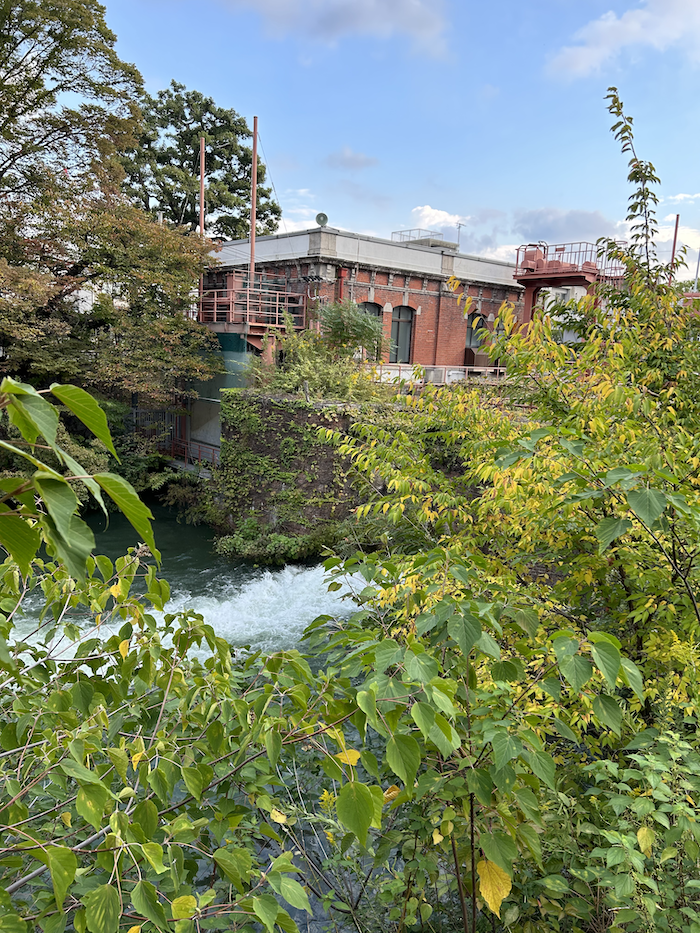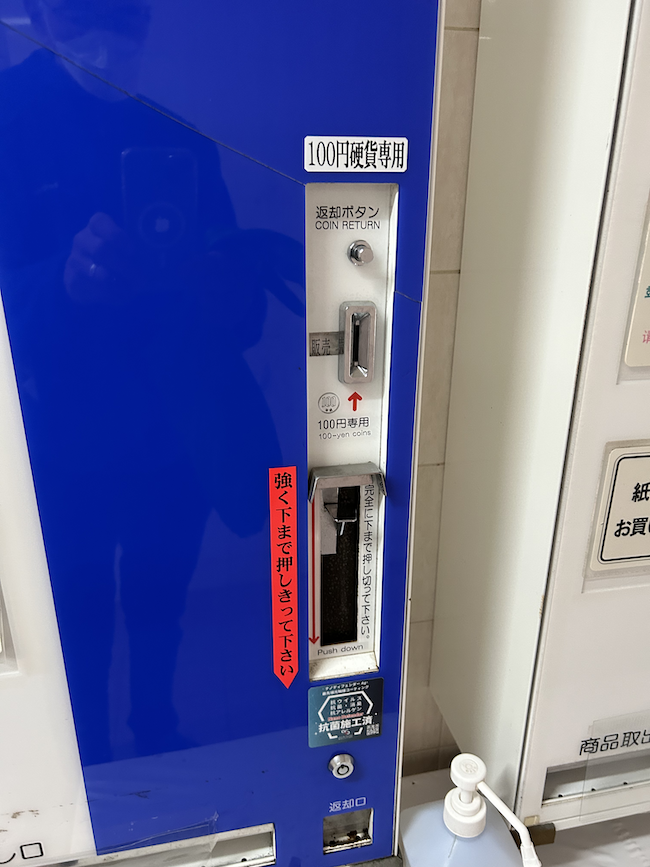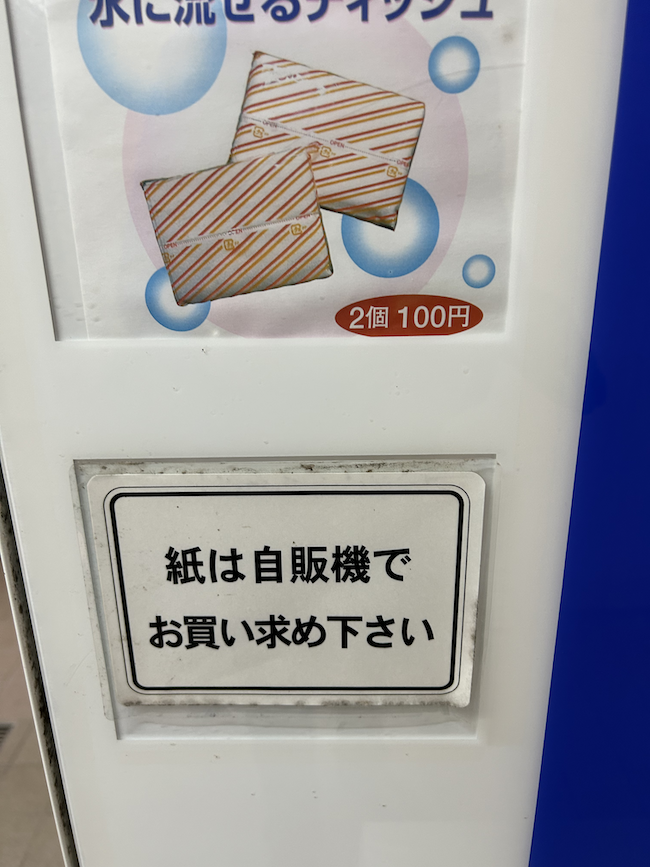I have limited time today to write a blog post and last night I was…
Kyoto Report 2023 – 5
This Tuesday report will provide some insights into life for a westerner (me) who is working for several months at Kyoto University in Japan.
The Biwa canal and hydro power
I was wandering down to the main station in Kyoto early the other day to meet a friend coming from Tokyo and I saw this old building that I had previously ignored.
This area is a nice part of East Kyoto and runs along the canal as it comes down from the aquaduct to the Kamo River.
But first is the story of the – Lake Biwa Canal – which is one of those almost inconceivable stories of human endeavour and sacrifice, although all the pain was borne by the workers not the bosses (as usual).
The canal was built during the – Meiji era (1868-1912) – which was a time of change in Japan from feudalism to a modern industrial state.
But the Meiji era saw the transfer of the Imperial capital to Tokyo and Kyoto fell into relative decline in both economic activity and population.
It was decided to revitalise the local economy by building a canal from Lake Biwa (to the north-east over the mountain range) to Kyoto, which would not only supply water for irrigation and industry but also serve as a transportation route.
Essentially, they dug the canal through the mountain range and then around the mountain along a series of concrete channels.
When you are out walking or riding on bikes, you come across the various components of the canal all over the Eastern side of Kyoto.
The first canal built runs for about 20 kms, while the second one, that runs parallel goes for about 7.5 kms.
A third branch in the Sakyo Ward (near Kyoto) goes for 3.3 kms.
When they started building in 1885, it was labelled the ‘Canal of Hope’ – hopeful that it would restore the greatness of the city.
Around 4 million workers were engage in breaking the rocks with their hand tools and carrying the debris in handbaskets.
Tunnelling through the mountain was dangerous in very poorly lit working surrounds.
Regular flooding occurred and washed away the workers.
Many workers died in the construction phase.
There is so much more to write about this project but you can find out more at this site – The Lake Biwa Canal Story.
One of the revitalising facets of the canal was the hydro electric plant that was erected the – Keage Power Station – was the first commercial hydro plan in Japan and it provided cheap power to local industry in Kyoto.
It allowed for the introduction of the tram system and electric lighting in the city, which changed the lives of the citizens significantly for the better.
Which is what that old building above relates to.
I had known a bit about the canal and its engineering feats but seeing the old building and the water rushing past it down towards the river through the gates piqued my interest and I went in search of more information.
In fact this building is the – Ebisugawa Power Plant (part of the Kansai Power system) is the second power plant around the corner closer to the river from the Keage plant.
Construction began in November 1912 and was completed in April 1914.
The Ebisugawa Power Station consists of 1 horizontal – Francis turbine – with one three-phase A.C. generator with an output of 280 kW.
The interesting part of this power system was that when the second canal was built, they expanded the original Keage Power Station and used the water discharge from it to feed two other nearby stations, one of which was the Episugawa Station.
While the Keage facility is a historical relic, the Episugawa Station still operates and was renovated in 1993.
So that little story just emerged from a wander past a building that is obscured by trees and I don’t usually walk or ride along that street.
Why this time?
A favourable green light meant I kept walking rather than waiting to cross where I typically go down to the river!
Old Kyoto Shrine Kitchen and Museum
We were out riding our bikes last Sunday and our destination was the – Shimogamo Shrine (
賀茂御祖神社(下鴨神社)- which is a Shinto Shrine situated in the Tadasu-no-Mori forest just past the Y where the Kamo and Takano rivers meet.
It was first constructed in 678.
It is a pretty amazing place and for the princely sum of 5,000 yen you can visit the museum and the old kitchen.
Here is the cold store building layout with the storage area dug well below ground level.
This is the cold store building that is attached to the kitchen.
One of the features of the buildings of this era was the way they thatched the roof covers with very thin layers of birch wood.
This is the close up of the roof profile of the cold store.

Here are the ovens that kept the cooking going. The kitchen is detached from the main shrine buildings and accessed via a rock garden.
And adjacent to the kitchen is the museum and these clogs took my attention.
Imagine walking around in those units!
Later, as one does, I visited a toilet, and discovered that one has to purchase toilet paper by the sheet nonetheless!
Luckily I was there for less onerous purposes and didn’t need to get any coins out.
Here is the sign and dispenser.
That is enough for today!
(c) Copyright 2023 William Mitchell. All Rights Reserved.







Fascinating.
There is nothing like learning something on your way to learning something.